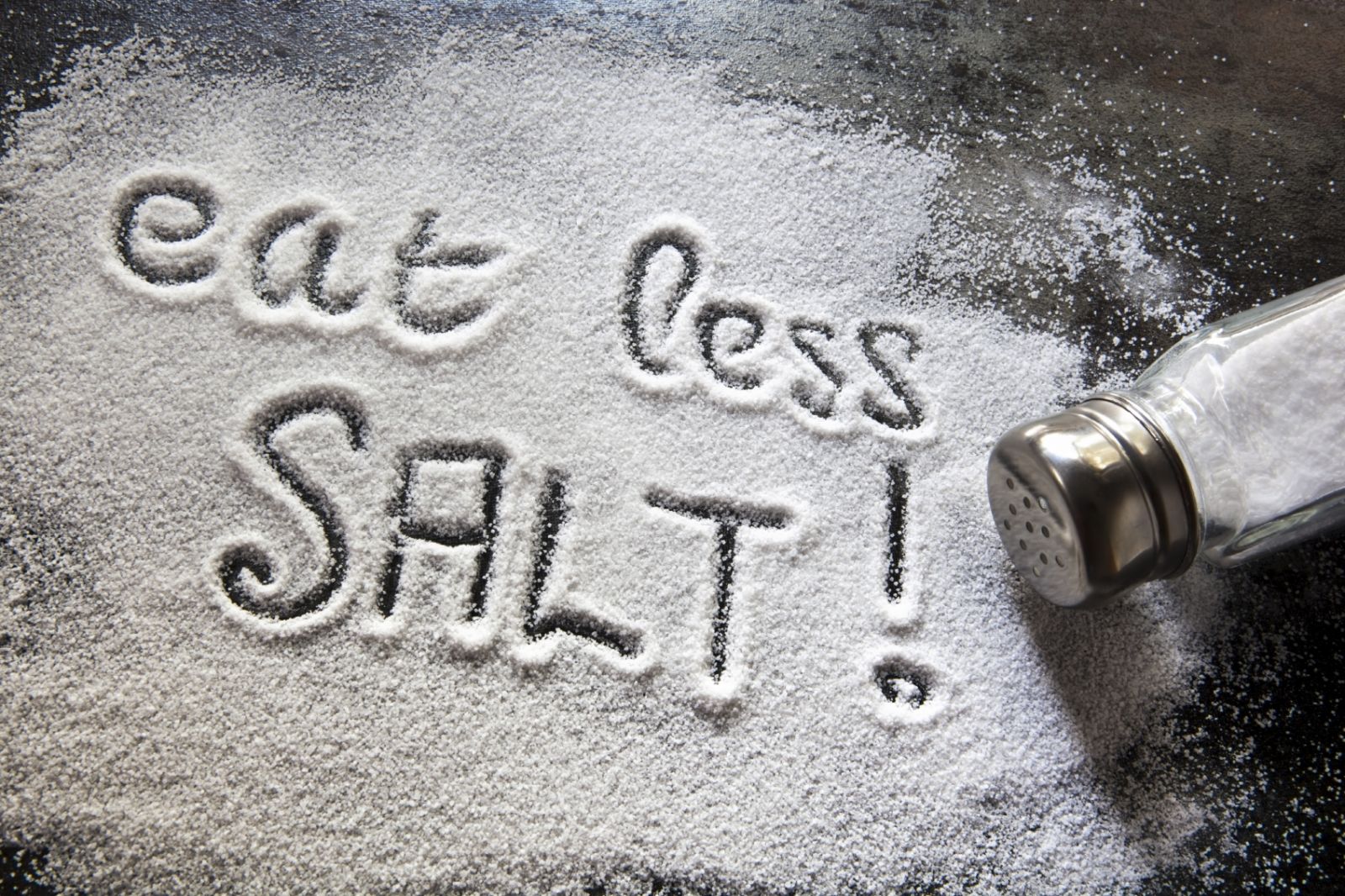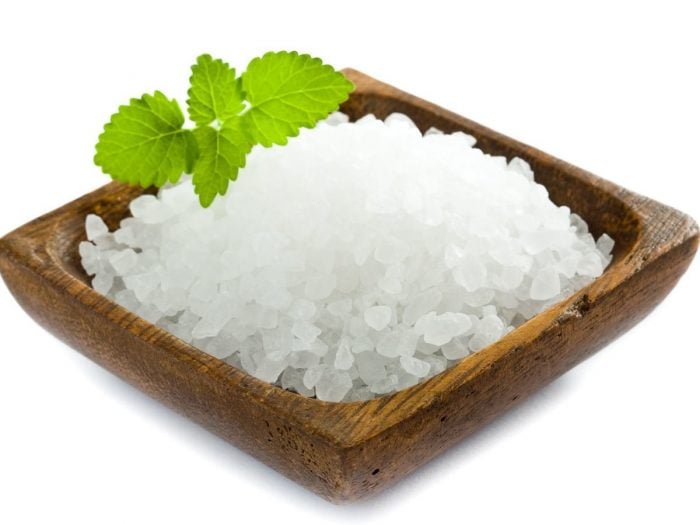
Sodiam

The Salt and sodium are not exactly the same thing. Salt contains sodium along with another mineral, chloride, and the chemical name for salt is sodium chloride (NaCl). About 90% of the sodium we consume comes from salt. On food nutrition labels these terms are often used interchangeably even though there is a difference. Sodium is used on the nutrition information panel of labels because it is the sodium portion of the salt that is relevant for health.
Foods that are marketed as low in sodium are those that have less than 140 mg, or 5% of the daily value (DV). Humans only need a small amount of salt to keep our bodies functioning properly.
The body does not crave a fixed amount of salt. Cravings for salt are usually tied into diet – the more salt you eat, the more salt you may crave. If you begin to eat less salt, within eight to 12 weeks your taste for it will decrease. Other seasonings can be used to satisfy a salt craving as you wean yourself off. Salt substitutes containing potassium chloride may also help wean you off the sodium, but some people with medical conditions may not be able to use them. Consult your doctor before using any salt substitutes.
In rare cases, the body may crave salt due to a medical condition, such as Addison’s disease. If you have unusual cravings for salt, consult your doctor.
More than 75% of the sodium in a typical American diet comes from processed foods, so even if you cut table salt from your diet you may still exceed the recommended daily allowance of sodium. The American Heart Association recommends adults consume no more than 1,500 mg of sodium daily, and the body only needs about 500 mg to function properly. Because of the high sodium content of processed foods many people get more than 3,400 mg – that’s more than twice the recommended amount, and nearly seven times the amount the body needs.
Foods that have high sodium content may not always taste salty. Salt can be hidden in foods such as salad dressings, soups, pasta sauces, cheeses, breads, and condiments. We all know potato chips are salty, but you may not know a bran muffin, could contain more salt than the chips! This is why it’s important to read labels and check for sodium levels, and choose foods lower in salt.
Tomato juice and tomato soup seem like they would have similar amounts of sodium, right? But according to the U.S. Department of Health and Human services, an 8-ounce serving of tomato soup, has at least 700 mg of sodium – that’s twice what you would find in an 8-ounce serving of tomato juice.
Diets high in salt, have been linked to high blood pressure (hypertension). High blood pressure is a risk factor for developing heart disease, stroke, congestive heart failure, and kidney disease. The good news is that changes in diet and lifestyle, including a reduction in salt intake may prevent or delay high blood pressure in many people. Losing weight, increasing physical activity, and an overall healthy diet can also help keep blood pressure levels in check.
The USDA dietary guidelines recommended amount of sodium for adults is 2,300 milligrams (mg) daily, which is about a teaspoon of table salt. However, American Heart Association, recommends a daily limit of just 1,500 mg of sodium. The body really only needs about 500 mg to function properly.
Even though the USDA dietary guidelines recommended amount of sodium for adults is 2,300 milligrams (mg) daily, if you are over 50 years old, African-American, or diabetic you should limit your sodium intake to just 1,500 mg daily. If you have high blood pressure, heart disease, kidney disease, or other medical conditions you may need to limit your sodium even more. Talk to your doctor about how much sodium you should consume.
Salt is often added to canned vegetables to preserve them, which is why canned green beans have more salt than frozen green beans. Look for canned veggies with “no salt added,” and drain and rinse canned vegetables to reduce the sodium even further.
For some people, salt substitutes such as potassium chloride can help manage sodium intake. However, if you have certain medical conditions including diabetes, kidney disease, and heart disease, potassium salt substitutes could be harmful. Talk to your doctor to find out your options for safe salt substitutes.